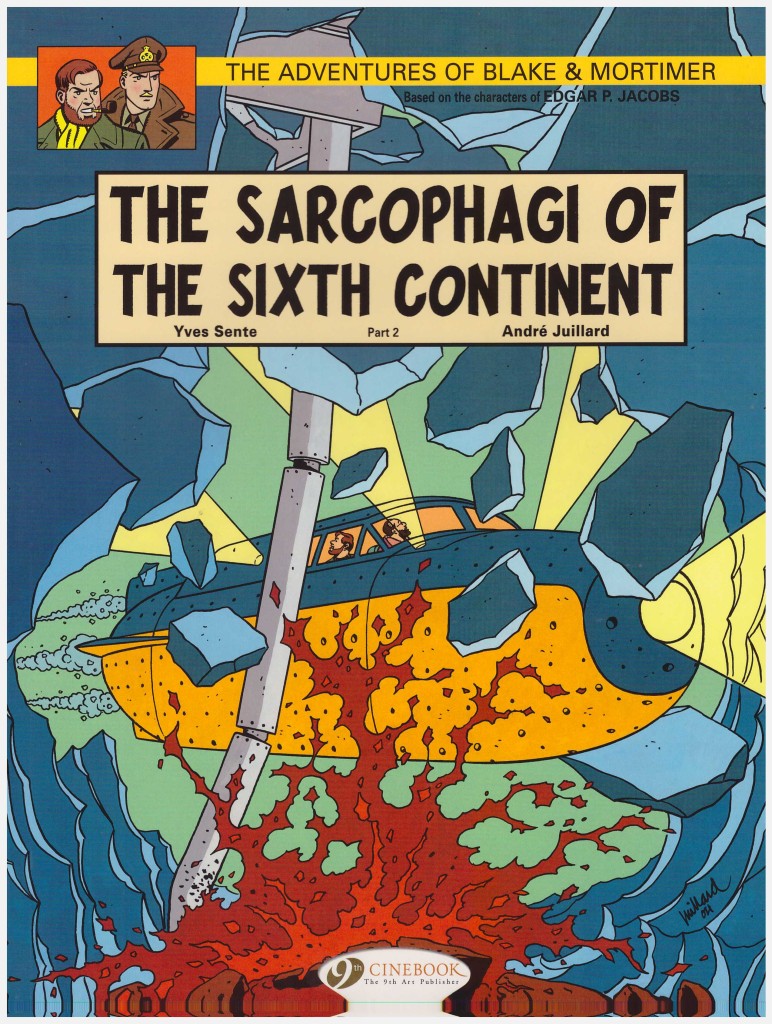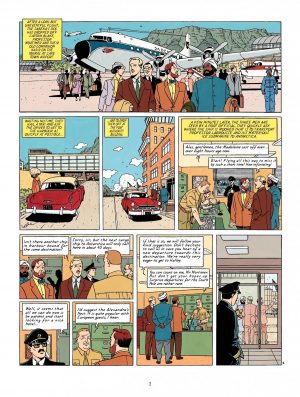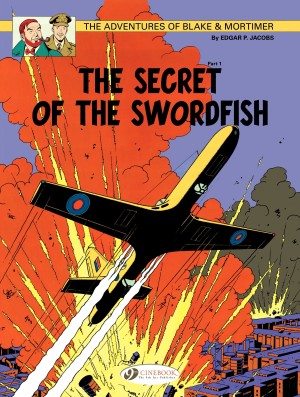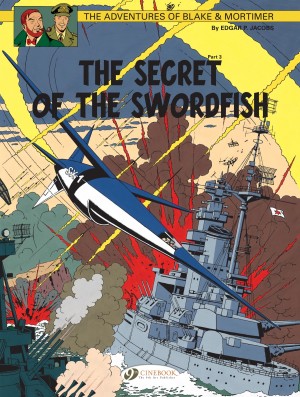Review by Frank Plowright
Starting in India with Blake and Mortimer still in their teens, the narrative then moved to the 1958 global exposition in Brussels in part 1, while glancing simultaneously at events occurring in three international bases in Antarctica. Also seen was a familiar foe now able to cause devastation by frightening new technology. In places it was quite the thrill-feast, yet this concluding volume in tying everything together tops it.
Blake and Mortimer are now in Antarctica where there are rum goings on beneath the bases and beneath the ice. Yves Sente’s plotting is first rate, sustaining the tension, amazing via the technological aspects, and, best of all, tying in what appeared to be just a passing explanation in the previous book. The tale wrapped around Blake and Mortimer’s initial meeting was the highlight of the opening book, filling in previously unknown detail in charming fashion. Elements of what was related there are revisited and brilliantly recontextualised. The depth of the plotting in this sequence is so well realised that an incidental detail is buried explaining why Mortimer’s voice recognition, already highlighted earlier, isn’t equally effective in another direction.
Another fine touch on Sente’s part is that the danger isn’t just prompted by the villainous characters, but also by the horrors of nature, and what tampering can unleash. The natural bleak beauty of Antarctica is well rendered by artist André Juillard, and the power of the sea, of volcanoes, and earthquakes all feature.
Cinebook have selected the story’s opening panel as their back cover sample illustration, and with good reason. In the context of the story, it perfectly serves its purpose. Blake and Mortimer are shown landing at Cape Town’s airport in the company of Indian secret service agent Nasir. You take that in and move on. Don’t. Take a look again. The reason it’s so easy to move on is that Juillard has so perfectly filled the picture with credible detail. There’s the plane from which Blake and Mortimer have disembarked, Table Mountain, the other passengers, some occupied with children, others taking their first glances at a new land, the mechanic, a smaller plane, the luggage… It all combines to present an exactitude that convinces, and is beautifully drawn as well. And that’s just the first panel. There are hundreds more, all equally good.
Among them are four ending the book far away from what’s then taking place in Brussels, and this leads directly into The Gondwana Shrine, although that won’t immediately be apparent.





